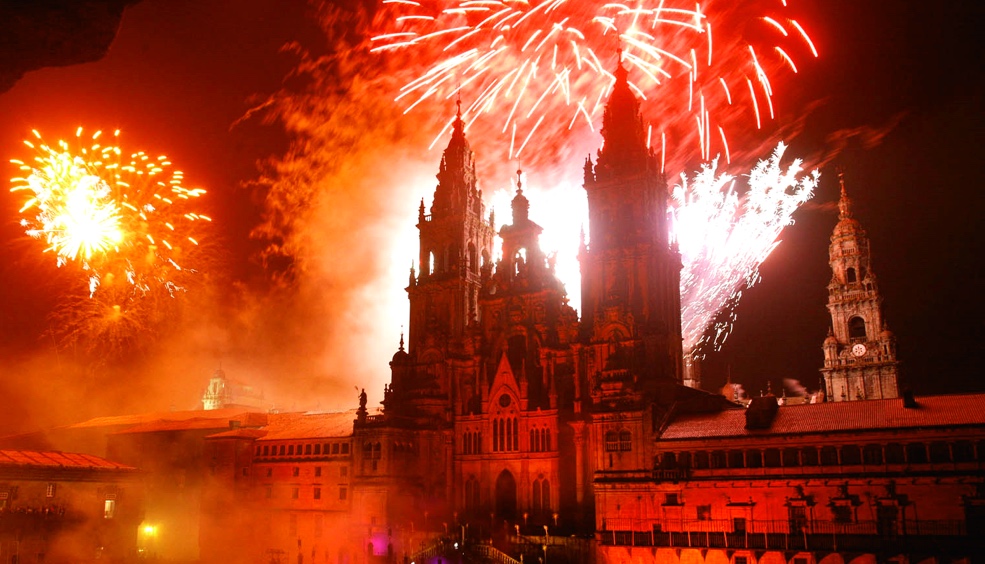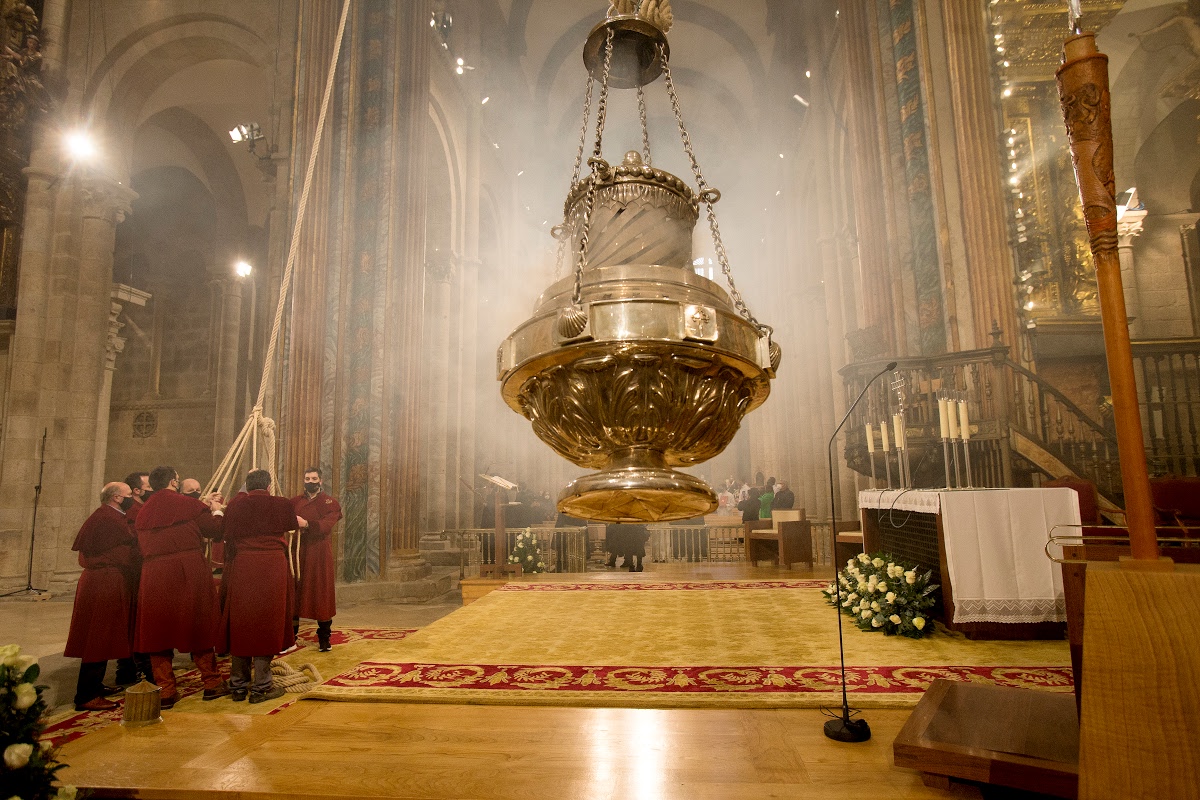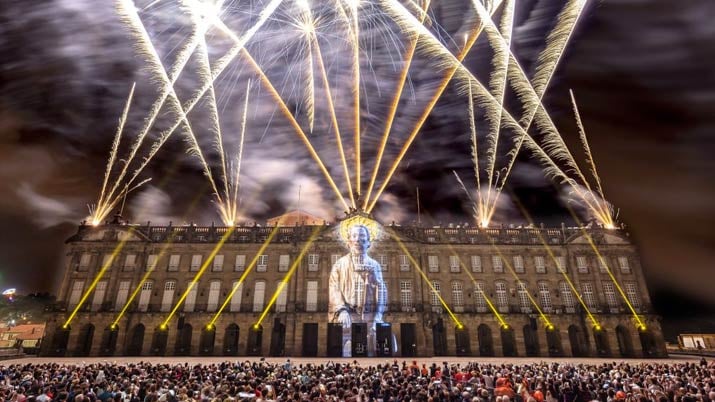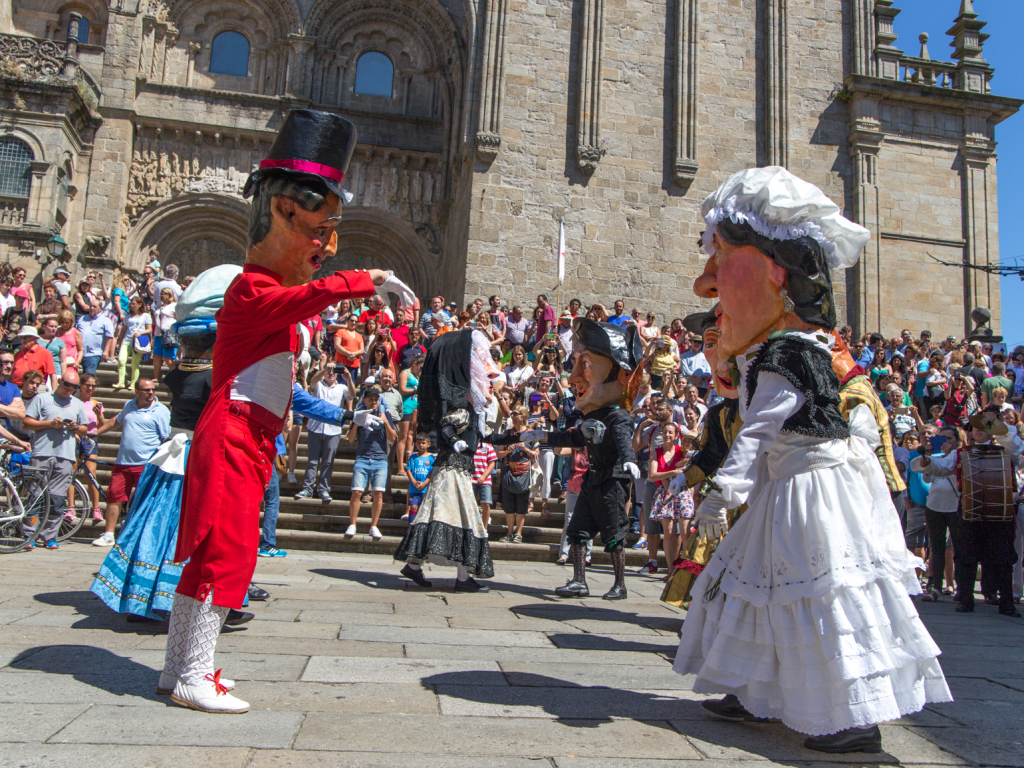In the heart of Spain, amidst the rolling landscapes and historic streets, pulsates the vibrant tradition of the Fiestas del Apóstol Santiago, an annual celebration honouring Saint James the Great, the patron saint of Spain. This festivity, deeply rooted in both religious and cultural soils, unfolds a panorama of history, faith, and communal joy. Each year, on the 25th of July, the nation, especially the city of Santiago de Compostela in Galicia, becomes a focal point of devotion and festivity, attracting not just the locals but pilgrims and tourists from across the globe.
The origins of the Fiestas del Apóstol Santiago are intertwined with the legend and history of Saint James the Great, one of Jesus Christ's twelve apostles. After Christ's death, Saint James travelled widely, supposedly reaching the Iberian Peninsula to spread Christianity. Following his martyrdom by beheading in Jerusalem, legend states that his disciples transported his body back to Spain, where he was later buried in the site now known as Santiago de Compostela.
The discovery of his tomb in the early 9th century by a hermit, guided by a field of stars, gave rise to the name "Compostela," from Latin "campus stellae" meaning "field of stars." This discovery not only marked the inception of Santiago de Compostela as a pilgrimage site but also laid the foundations for the celebrations that would become the Fiestas del Apóstol Santiago.

The Fiestas del Apóstol Santiago are a melting pot of solemn religious ceremonies, vibrant parades, exhilarating music, and dance performances, embodying the spirit of Galician culture. The festivities span the better part of July but reach their climax on Saint James's Day, the 25th, with a series of events that pay homage to the apostle and celebrate Galician heritage.
One of the most significant traditions tied to the festivity is the Camino de Santiago, a network of ancient pilgrim routes stretching across Europe and converging at the tomb of Saint James in Santiago de Compostela. July witnesses thousands of pilgrims, known as "peregrinos," completing their journey, with many timing their arrival to coincide with the fiestas. This pilgrimage, emblematic of personal, spiritual, or cultural quests, underscores the profound religious essence of the celebrations.

The spiritual heart of the festival is the liturgical celebrations held at the Cathedral of Santiago de Compostela, an architectural marvel and the final destination for the pilgrims. The most awe-inspiring service takes place on the 25th, featuring the "botafumeiro," a giant incense burner that is swung across the transept of the cathedral by eight robed men, disseminating clouds of fragrant smoke over the congregation, a spectacle that blends devotion with breathtaking visual drama.

Beyond the religious observances, the streets of Santiago de Compostela and other Spanish towns brim with cultural festivities. Traditional Galician music and dance performances are ubiquitous, with the sound of bagpipes, known as "gaitas," filling the air, evoking the Celt-influenced heritage of the region. Artisans and vendors set up stalls, offering everything from local handicrafts to exquisite Galician gastronomy, enabling both locals and visitors to indulge in the flavours and crafts of the region.
One of the cultural highlights is the "fuegos del Apóstol," a spectacular fireworks display that illuminates the sky on the eve of Saint James's Day. Cast against the backdrop of the cathedral, this pyrotechnic marvel is a vivid embodiment of the celebration's jubilance.
In the present day, the Fiestas del Apóstol Santiago stand as a testament to the resilience and unity of the Spanish people. Despite the challenges posed by modernity and the complexities of contemporary life, these festivities have not only endured but flourished, drawing people from diverse backgrounds into a shared experience of faith and festivity.

Beyond its religious connotations, the festival is a vibrant canvas showcasing Spain's rich cultural mosaic, a platform for dialogue between the past and present. It is a time when the nation, irrespective of individual beliefs or origins, comes together to celebrate a shared heritage and to welcome those who journey to partake in this unique experience.
As the Fiestas del Apóstol Santiago continue to evolve, they encapsulate the dynamic spirit of Spain, a country deeply proud of its traditions yet open and welcoming to the world. For those who attend, whether as a pilgrim completing their spiritual journey or a visitor drawn by the allure of the festivities, the Fiestas offer an unparalleled experience — a moment to partake in the joy and community spirit that defines the Spanish way of life.
The Fiestas del Apóstol Santiago beautifully intertwines the threads of faith, tradition, and cultural celebration into a vibrant tapestry of Spanish heritage. They remind us of the power of community and the enduring appeal of shared traditions in bringing people together. Whether you are walking the ancient paths of the Camino, participating in the liturgical rites, or simply soaking in the carnival atmosphere, these festivities offer a glimpse into the soul of Spain, eternally animated by the spirit of Saint James.